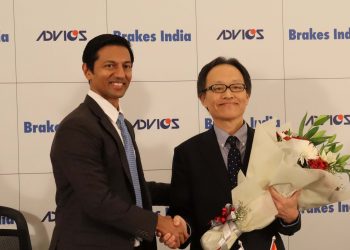Maintaining an automobile is essential for ensuring its operational life and safety, reducing pollution, keeping operating costs low, increasing resale value, and preventing breakdowns. The introduction of new technologies every year by Automobile OEMs requires a more complex approach to maintenance.
Automobile maintenance is carried out to achieve the goal of extending operational life, achieving safety, reducing pollution, lowering operating costs, having a high resale value, and having fewer breakdowns and emergencies. This will aid in reducing failure events over the course of the vehicle’s normal life. While the transaction was only made once, a buyer receives after-sales care almost 20–25 times over the course of a car’s lifetime. The level of service satisfaction has a considerable impact on a client’s loyalty to a car brand since the ratio of the whole client experience is strongly skewed toward after sales service.
Automotive Workshop Challenges:
Automobile Proliferation
To target clients in various market sectors, the OEMs of automobile companies are engaged in a heated race to launch new models and their variants. As a result, the service chores are now more difficult. In this situation, most dealer workshops find it difficult to recruit the necessary competence and expertise to maintain and repair the variety of models and technologies.
Cutting-edge Smart Technologies
The complexity of the system has greatly expanded as a result of the constant introduction of new technologies and the use of electronic systems by automakers for vehicle management functions. The performance, safety, dependability, economy, and comfort are now managed by sophisticated systems and computers that successfully combine new technologies.
Expertise
A more sophisticated technique is required for maintaining modern automotive technologies. The maintenance and servicing standards for current cars are as rigorous as the performance requirements. Additionally, the repair shops need to be able to absorb and react to developments in automotive technology. Zero comebacks and flawless client service are two criteria by which expertise in workshops is defined.
Safety
The typical exposure for workshop technicians includes exposure to chemicals, heavy metals, detergents, benzene, degreasers, lubricants, solvents, metal cleaners, asbestos, battery acid, spray paint, welding fumes and automotive exhaust. The exposure to thermal and ultraviolet radiation, hot and noisy working conditions, using the wrong tools, adopting awkward working postures, and unfavourable psycho-social working conditions are additional occupational dangers linked with automotive maintenance.

Modern Tools and Equipment
An automotive workshop requires support tools and equipment, including fixtures, protective clothing, safety equipment, and tools for material handling and diagnostics. Auxiliaries, such as cleaning tools and dust extraction gadgets, cleaning solutions, lubricants, and chemicals are also necessary for some particular activities. When performing diagnostics and repairs in the workshop, tools like measurement devices and gauges are needed for purposes of measurement and calibration. The foundation of any sort of workshop is the support system, which consists of the physical equipment, instruments, tools, equipment for diagnostics and repairs, and safety gear. The quality of the repair and the turnaround time are directly impacted by the accessibility of the right tools and equipment.
Inventory Management
The accessibility of spare parts is essential for maintenance, repair, and replacement. As a result, the workshop need proper supply chain management to guarantee fast delivery and prevent shortages. It’s important to rule out both overstock and understock scenarios. A company must fulfil consumer demands at a better degree of service in order to draw in new clients and keep existing ones. Businesses keep inventory in order to do this, and as a result, a large portion of their capital is invested in three different sorts of inventories: raw resources, work-in-progress, and final products. Capital that is trapped in inventory can result in a lack of capital, opportunity costs, higher product costs owing to holding costs, and any fluctuations in market circumstances or demand could cause such inventories to lose all or part of their value.
Staff Upskilling
Workers are needed at all levels of the hierarchy, including maintenance managers, engineers, supervisors, assistants to technicians, and cleaners. To ensure error-free maintenance, qualified individuals are expected to perform duties at these levels. Modern automobiles come with sophisticated electrical control systems and mechatronics. For modern cars to be effectively diagnosed, repaired, and serviced, highly qualified and professional service engineers, advisers, and technicians are required. The lack of well trained workshop workers and low staff retention eventually have an impact on the quality of all workshop procedures, including vehicle pickup and delivery, client engagement, accident investigation, diagnostics, maintenance advice, maintenance, repair, and spare replacements. The total service quality will be impacted by any laxities in the aforementioned activities.
Exceptional Service
According to research, problems with product quality caused by OEM manufacturing mistakes only have a 25% impact on client satisfaction, however problems with service quality have a nearly 75% impact. In addition to product quality, services have a greater influence on overall client happiness. OEMs are conscious that clients have less patience for delays, subpar service, or recurrent complaints. Due to these factors, service providers nowadays should not only concentrate on offering maintenance services but also on value-added activities like vehicle collection, delivery and breakdown assistance. In addition to these, the emotional elements of client management should be enhanced. It is anticipated that service quality, vehicle delivery times, and client happiness shall always continue to improve.

Client Retention
A professional repair technique that fosters client loyalty and retention throughout the ownership period also requires effective client management. A good client experience will benefit the company in three different ways. The foremost is a referral, meaning that a client’s pleasure with the maintenance activities will contribute to word-of-mouth promotion and, as a result, have a significant impact on the business acquired out of that client’s friends and family. If a consumer is happy with the services, they will return to the service provider. When a client chooses to buy a new car or an upgrade, their choice to repurchase will also be influenced by their service experience.
Workspace
The workstation is essential for a number of reasons in a workshop. For both planned and unforeseen maintenance, all vehicles have access to facilities in the workshop area. Inspection, routine maintenance, and replace of major components, lubrication, fluid adjustments, tune-ups, wheel alignment, paintwork, welding, upholstery maintenance, testing, cleaning, storing and recovery of parts, fabrication of minor components, collision repair, and overhauls are all part of this. In addition to primary maintenance tasks, sufficient room is needed in the workshops for auxiliary duties such maintenance control and analysis, tool storage, parts storage, changing rooms, restrooms, and offices. Also required is the designation of garbage accumulation places, particularly those for hazardous materials. Additionally, the environment in workshops should be comfortable for both employees and clients.
Ambience
In order to safeguard the health and safety of the workers, the Occupational Safety and Health Council document mandates a clean and organised workplace. To improve workplace hygiene, this can be accomplished by routinely sanitising the area, the tools, and other accessories. Decent housekeeping, illumination, ventilation, floor care, drainage, and restroom amenities all contribute to the pleasant atmosphere in an automotive workplace. A cramped and cluttered work environment, inadequate illumination and ventilation, damaged flooring and hazards at workplace, these factors have a negative impact on the technician motivation levels and make tasks challenging to do consistently. The technicians frequently make mistakes when executing jobs that result in breakdowns of the car’s systems, which negatively impacts the amount of time necessary for maintenance.
Pollution
Auto workshops have been demonstrated to be major sources of environmental contamination because of their unregulated Labour practices. Emphasise how auto shops cause noise pollution, air pollution, and groundwater pollution and take necessary actions for eliminating those causes.
Workshop Management Scope:
5S
There is a remedy called 5S if you frequently experience issues like lack of attendance, staff turnover, demotivated workers, an unorganised workplace, and blunders. Workers need a positive workplace environment in order to accomplish excellent quality level, safety, and productivity. A strategy for organising a workplace efficiently can be “5S.” These serve as the cornerstone for the concepts of “Lean Manufacturing” (waste removal), just-in-time manufacturing and Kaizen (continuous improvement) in manufacturing.
The 5S Principle
- SEIRI – Organisation/Sort out
- SEITON – Orderliness/ Systematize
- SEISO – The Cleaning/ Shining
- SEIKETSU – Standardise
- SHITSUKE – Sustain/ Discipline
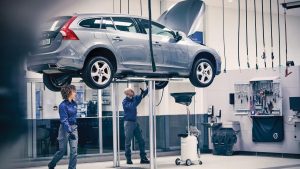
Supply Chain Optimisation
System integration on both the horizontal and vertical levels will be crucial for companies to remain competitive as we enter the fourth industrial revolution. To be sure, take into account which sort of integration is best for your business. Each has benefits and drawbacks.
>>Horizontal Integration
A company may buy one or more firms at the same level of the supply chain within its sector as part of a strategy known as horizontal integration. By merging, purchasing another business, or growing internally, businesses can achieve horizontal integration. In order to obtain cost benefits or economies of scale, horizontal integration seeks to increase revenue by boosting production while lowering production costs.
>>Vertical Integration
Companies utilise vertical integration as a competitive tactic to gain complete control over the production and distribution networks. Vertical integration is the practise of a business that purchases all of the raw materials, machinery, and equipment required to produce and ship a product on its own. This technique tries to minimise transaction costs generally associated with outsourcing while owning as much of the supply chain as possible.
Risk Pooling
One of the most common methods for risk management in the supply chain and inventory that businesses use is known as risk pooling. It is critical to remember that the “Client” is the centre of any firm. The appropriate product, at the right time, at the right price, and in the right quantity, must be provided to the client in order to be successful. And if a company doesn’t, it can lose clients. The client’s demand is erratic and outside of the company’s control.
OSHA Standard
The tools and upkeep techniques used in the workshop must adhere to all applicable OSHA (Occupational Safety and Health Standards) rules and regulations safeguarding the health and welfare of employees. Workplaces should be properly supervised and controlled, it was emphasised, and they shouldn’t take the needs of occupational safety for granted. Any kind of risk should be avoided, including mechanical, electrical, and chemical risks.
Environment Conservation
Batteries, liquid waste, catalytic converters, junk oil, rubber waste, plastic waste, and other materials created during fleet maintenance should be recycled, preserved, and transported in accordance with their relevant types. It is crucial to look into all of the potential ways to treat it, change its purpose, or use it to regenerate energy. Batteries, catalysts, airbags, and refrigerants must be delivered to certified treatment facilities that have the appropriate environmental permits for gathering, reuse, storage, transportation, and processing.
Epilogue:
- You invest more time at work than you spend at home. You earn money for you and your family at work, which is a crucial location. Why not try to make your workplace equally clean and comfy like your home.
- Vertical integration can provide you more influence over your production process and supply chain, but it also necessitates a sizable initial investment. However, horizontal integration can enhance market share and scale economies, but it can also make it more difficult for different segments of the business to coordinate with one another. The individual objectives and requirements of your business will ultimately determine what kind of integration to execute.
- In a market with ideal demand instability and competitiveness, risk polling aims to generate win-win situations for both clients and businesses. A workshop can obtain a strategic edge over its rivals and accelerate its advancement by making wise decisions and allocating resources more efficiently.
- All activities require safety guidelines, and technicians should be outfitted with enough PPE (personal protective equipment), including gloves, facemasks, arm wraps, and a protective apron. The first aid kit and fire extinguisher should be readily available. All of the machines must also include safety switches.
- Clean, healthy, and environmentally conscious workplaces are more likely to draw qualified candidates and increase employee satisfaction and productivity.
- This study was motivated by the ongoing demand, advancement of technology, and critical role of maintenance providers in the automobile industry.
Author
Master of Technology (Mechanical Engineering – Electric Vehicle)
Automotive Functional Safety (Autonomous, Supercar, and ADAS features)


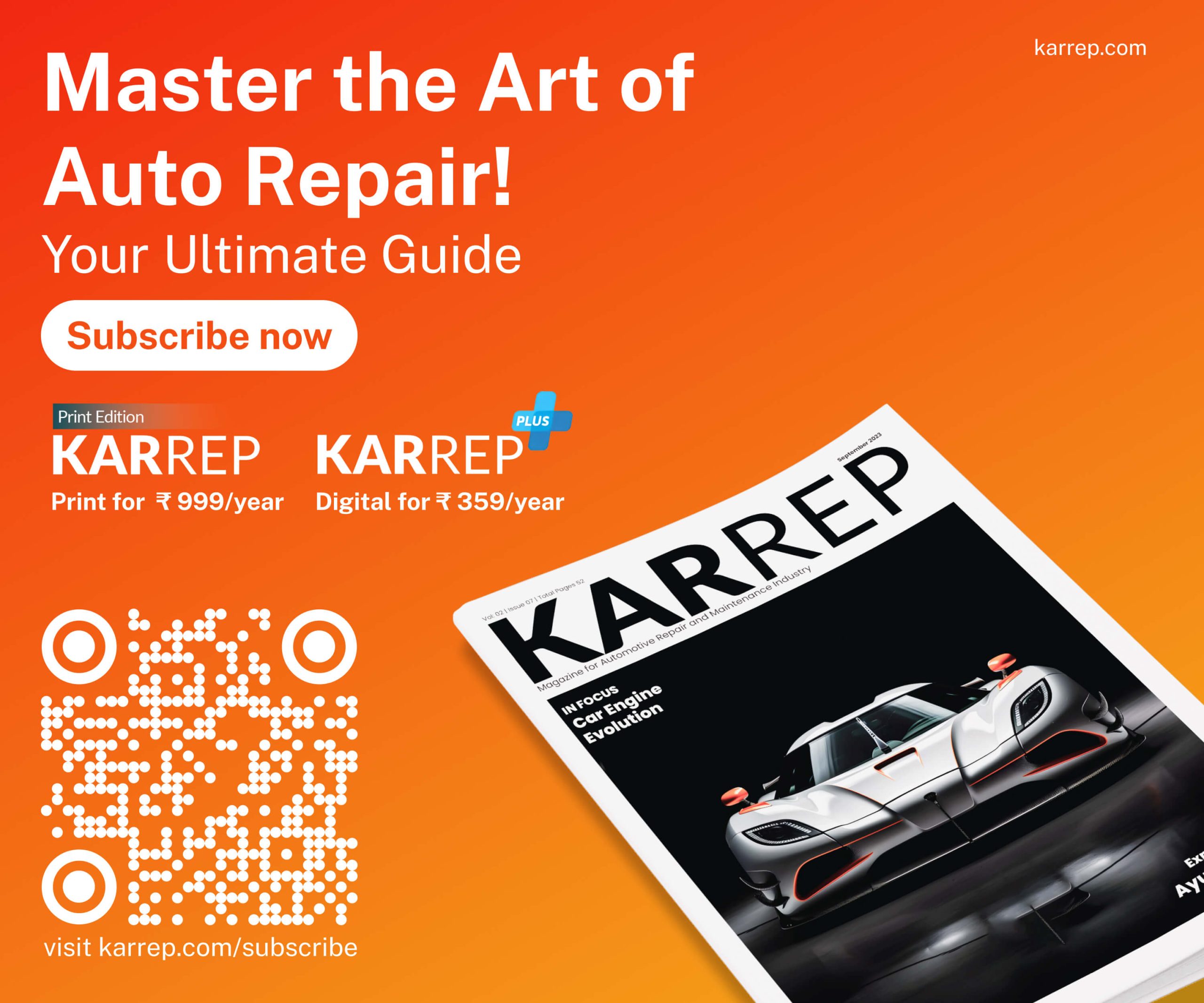
































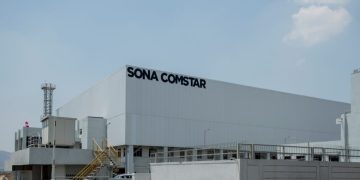

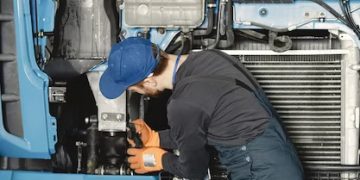
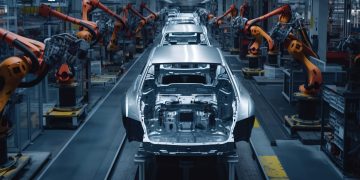

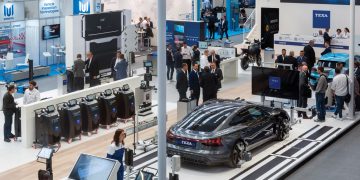


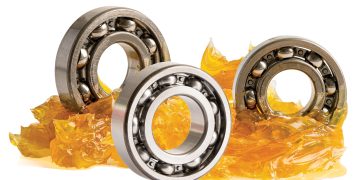





 SHUBHAM DHAIRYSING TAYADE
SHUBHAM DHAIRYSING TAYADE
